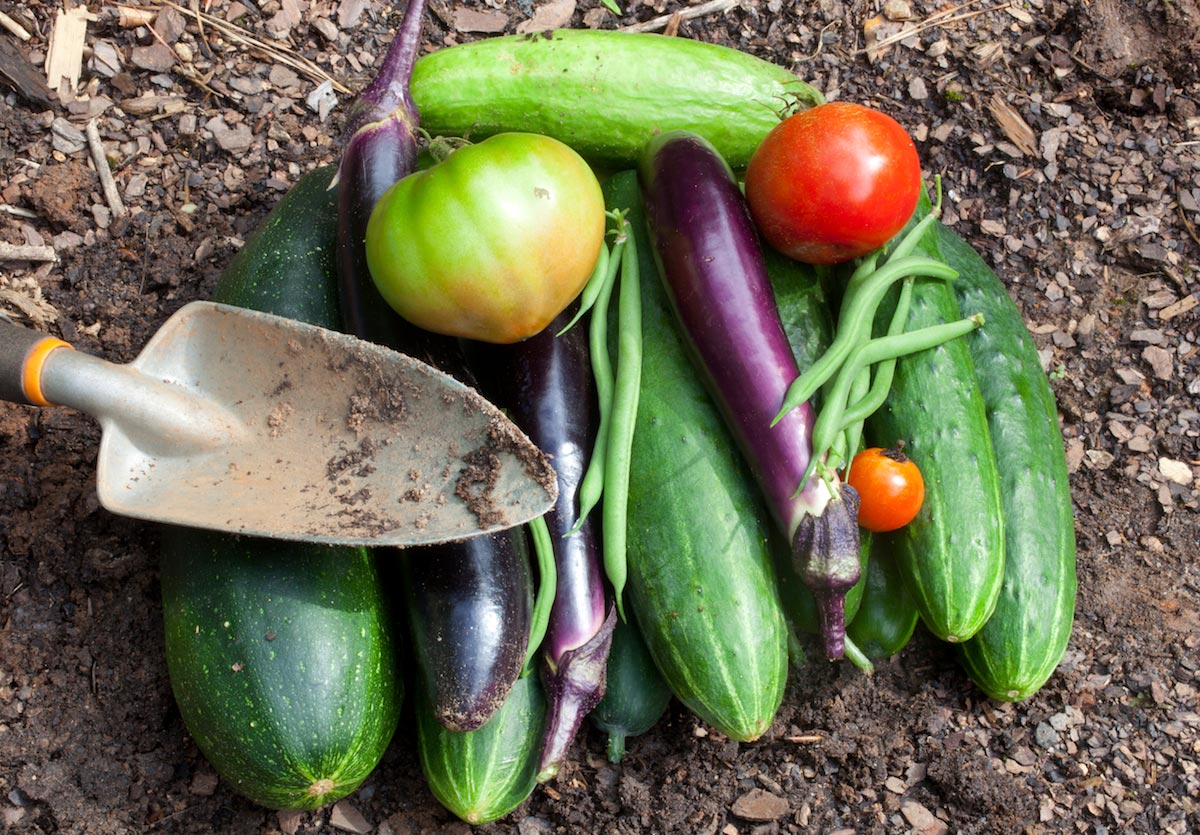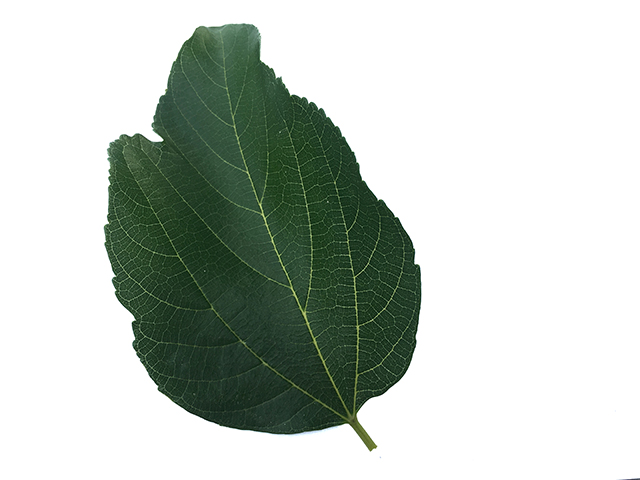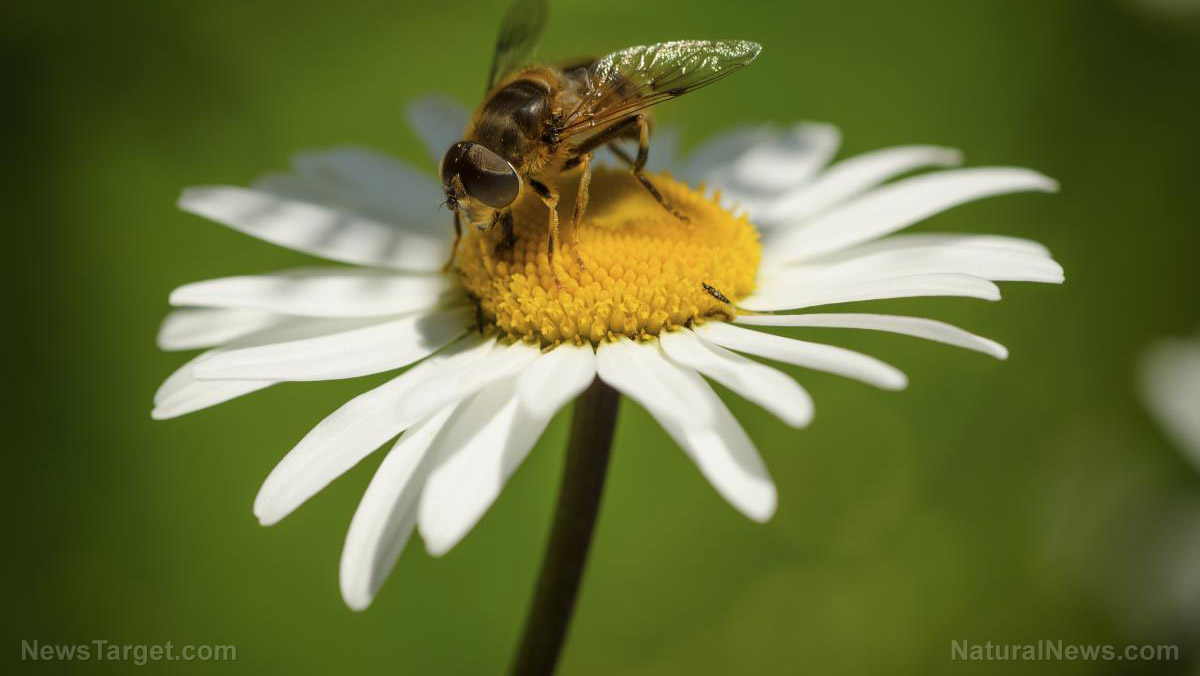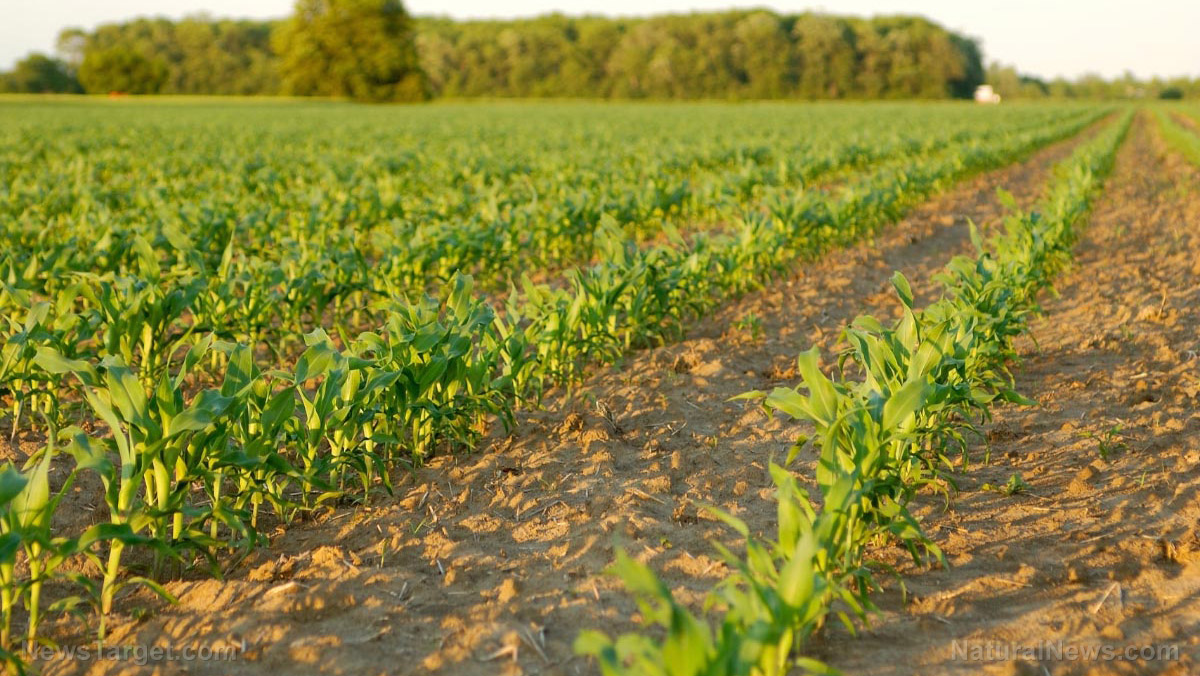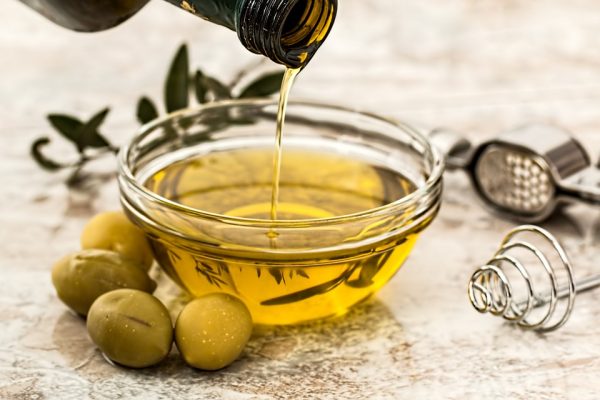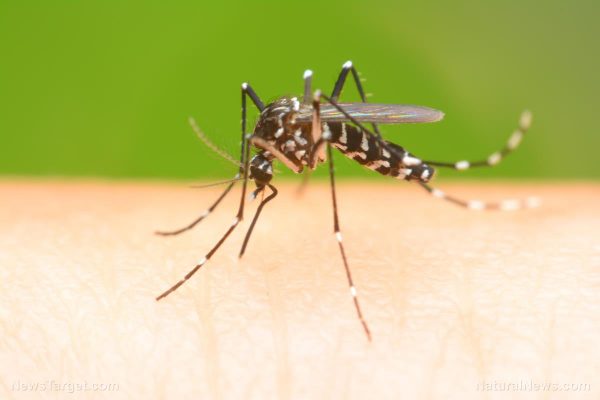What makes the cucumber truly special is how easy it is to grow. All you need is planning and patience, and soon enough you’ll have jar after jar of this amazingly versatile vegetable. Not only is it a refreshing addition to summer salads, but it’s also an effective treatment against sunburn.
GardeningKnowHow.com states that there are two basic types of cucumbers: slicing and pickling. Slicing cucumbers grow to about six or eight inches in length and are best eaten fresh. Pickling cucumbers grow to three to four inches and are cultivated for, you guessed it, pickling.
Cucumber plants come in two forms, according to BonniePlants.com: bush and vining. The bush type are more compact and suitable for small gardens and containers. The vining type take up more space than the bush variety but yield more fruit.
Which ones you’ll grow is entirely up to you and what your plans are for them, so carefully think over how you plan on making the most of your future cucumber harvest.
How to Grow Your Cucumbers
As a tropical vegetable, cucumbers thrive in sunny weather and loose, warm soil with sufficient drainage. Adding compost and fertilizer into the soil and removing any debris ensures that your cucumbers will be off to a great start. Depending on the variety, cucumber seedlings must be planted 36 to 60 inches apart. Planting the vining variety requires you to set up a fence or trellis to save space and keep the vegetables clean. We recommend using a 12- to 18-inch diameter cage made of 4- to 5-foot wire fencing; this is ideal support for two or three vines.
If it’s chilly in your area, you can begin growing your cucumbers indoors in peat pots and then transfer them outside when temperatures warm up. If you’re unwilling to wait, you can warm the soil with black plastic.
Cucumbers grow quickly but don’t demand too much care. You simply need to ensure that the soil is consistently and adequately moist to prevent your cucumbers from coming out bitter-tasting and weirdly-shaped. One thing to note is that the foliage of your cucumber must be kept dry. Only water the shallow roots; exposing the other parts of the plant to moisture could cause them to develop leaf diseases.
According to MotherNatureNetwork.com, applying kaolin clay to your soil is a good preventative measure against insects like cucumber beetles. The cucumber beetle is an insect that’s known for spreading a disease, powdery mildew, that causes the plants to wilt and die, so act immediately if you catch sight of these unwanted pests. If you’re also worried about slugs, then spreading around straw mulch will help keep them away from your cucumbers.
When To Harvest Your Cucumbers
As a general rule, cucumbers are usually ripe for harvesting around 50 to 70 days after planting. A ripe cucumber will be firm to the touch and bright medium to dark green in color. To harvest your cucumbers, you can use either a knife or a pair of clippers to cut the stem above the cucumber. Harvesting every few days is recommended. Not only does this prevent your cucumbers from over-ripening and becoming bitter, this practice also encourages your plants to produce more of these delicious summertime vegetables. (Related: Read about cucumbers and other vegetables at Veggie.news.)
Sources include:
GardeningKnowHow.com
BonniePlants.com
MNN.com
NaturalNewsBlogs.com

